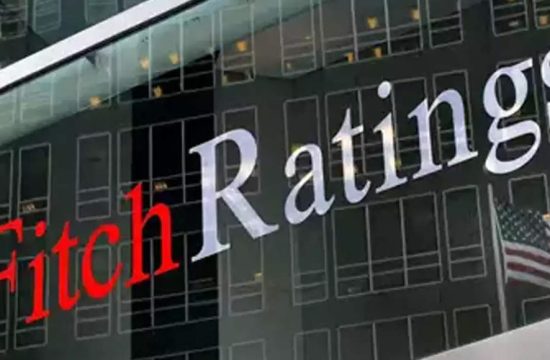
A bad bank will need bad boys — vultures, predators and junk bond traders — to play the game. A kosher arrangement convenient to regulators, cosy for banks and anodyne to bureaucrats will kill the animal. It would be a one-off solution for some banks to temporarily clean up their books — the way State Bank of India, ICICI and Industrial Development Bank of India (IDBI) had used the first asset reconstruction company (ARC) to dump toxic loans.
The rules have become tighter over the years, making it tougher to manipulate the mechanism. But while there are many ARCs buying sticky loans from banks, a vibrant bad loan market has not taken off.
After 17 years since the formation of the first ARC, the finance ministry is trying to figure out how to build a ‘bad bank’ — an elegant term for a large ARC — without GoI having to commit money.
How does one make bad loans seamlessly move from banks to investors who love dealing in junk? How does one make such deals part of a normal and liquid securities market — and not merely a parking pact among bank, ARC and promoter?
First, bankers must be allowed to trade loans freely without fear. Not just bad loans, but they must also trade good loans. It should be regular business. Today, it isn’t. Bankers are reluctant to sell loans, fearing that years after retirement, they could be dragged over the coals by the Central Bureau of Investigation (CBI), Central Vigilance Commission (CVC) or Enforcement Directorate (ED) for having sold at a ‘loss’. They either refuse to sell or ask for a price that ARCs aren’t willing to pay.
So, most bankers let loans (which earn nothing) languish in books, as they quietly end their tenures with unblemished service records.
Indeed, this milieu has distorted the fledgling market. Some ARCs aggressively bid for loans, compelling auctioning banks, who don’t want their decisions to be questioned, sell to the highest bidder. Banks gain if deals are in cash. Such deals happen when an ARC ties up with a large fund to buy out loans. Otherwise, ARCs typically pay a slice of the total deal (about 15% in cash) and balance as ‘security receipts’ (SRs), which are like 7-8-year bonds.
ARC focuses on salvaging the loan through negotiations and legal means to redeem (SRs) while banks (holding SRs) pay an annual fee to ARC. An ARC, which is not serious in repaying banks, may have no qualms in bidding aggressively and collecting fee (which banks pay irrespective of what is salvaged from a loan). According to industry estimates, less than 30% of SRs issued by ARCs till now have been redeemed.
Deals have slowed down in the last few years. While banks prefer cash deals, they are unwilling to lower the price on loans. Fresh loans by banks to private companies have come down, and NPAs in bank books are either old loans that are difficult to recover or require fund infusion and a turnaround solution. Banks may choose to move the bankruptcy court to deal with such borrowers instead of letting an ARC do it.
Second, a wider variety of institutional investors should be encouraged to buy, hold or trade in bad loans. If the law is changed to let private equity houses, venture capital funds and pooled vehicles — alternative investment funds (AIFs) — resort to debt recovery tribunals and security enforcement statutes like the Securitisation and Reconstruction of Financial Assets and Enforcement of Security Interest (Sarfaesi) Act, they would be encouraged to buy bad loans directly from banks instead of tying up with an ARC. Left to buy directly, they can offer a better price to banks.
Well-capitalised ARCs with some track-record should be allowed to chip in equity and turn around a company, while SRs should be listed on stock exchanges to pave the way for a junk bond market in India.
A transparent trading of SRs on a separate exchange platform would help price discovery of bad loans and make it easier for banks to accept and defend realistic rates. It would stop shady deals that promoters cut with ARCs to hold on to companies. GoI and the regulator must find out what ails existing ARCs, and ensure that a bank which sponsors an ARC does not end up influencing it.
Letting in more investors, giving them equal access to loan recovery laws; moving beyond the RBI-Sebi turf war to attract more bidders and create an open SR trading system; and, above all, freeing bankers from fear would transform the market place. There could be hostile takeovers as more unforgiving creditors push out inept managers of defaulting companies. It will be unsettling, but may be worth the price — particularly if Delhi is not ready to finance the purchase of NPAs from banks.
As the bankruptcy code takes hold, it’s time for another set of measures to attack bad loans. It may begin with a bad bank, but can’t end with one.
Views expressed are author’s own






